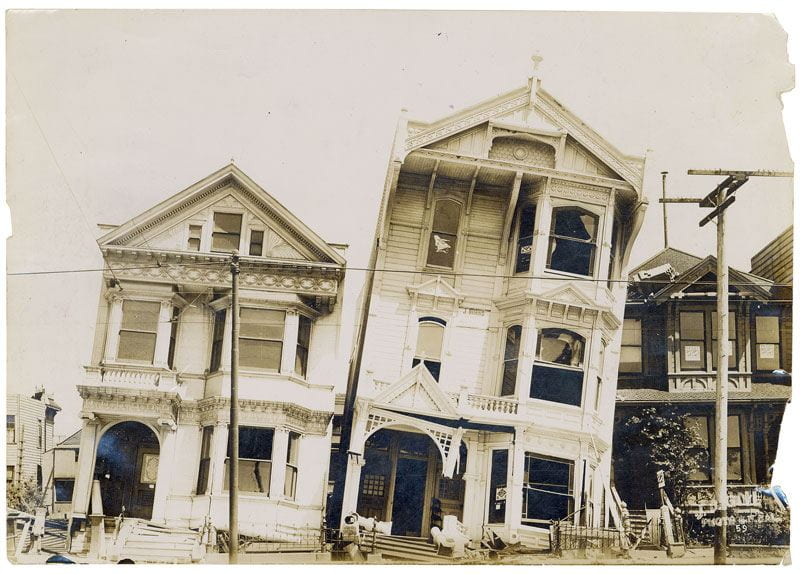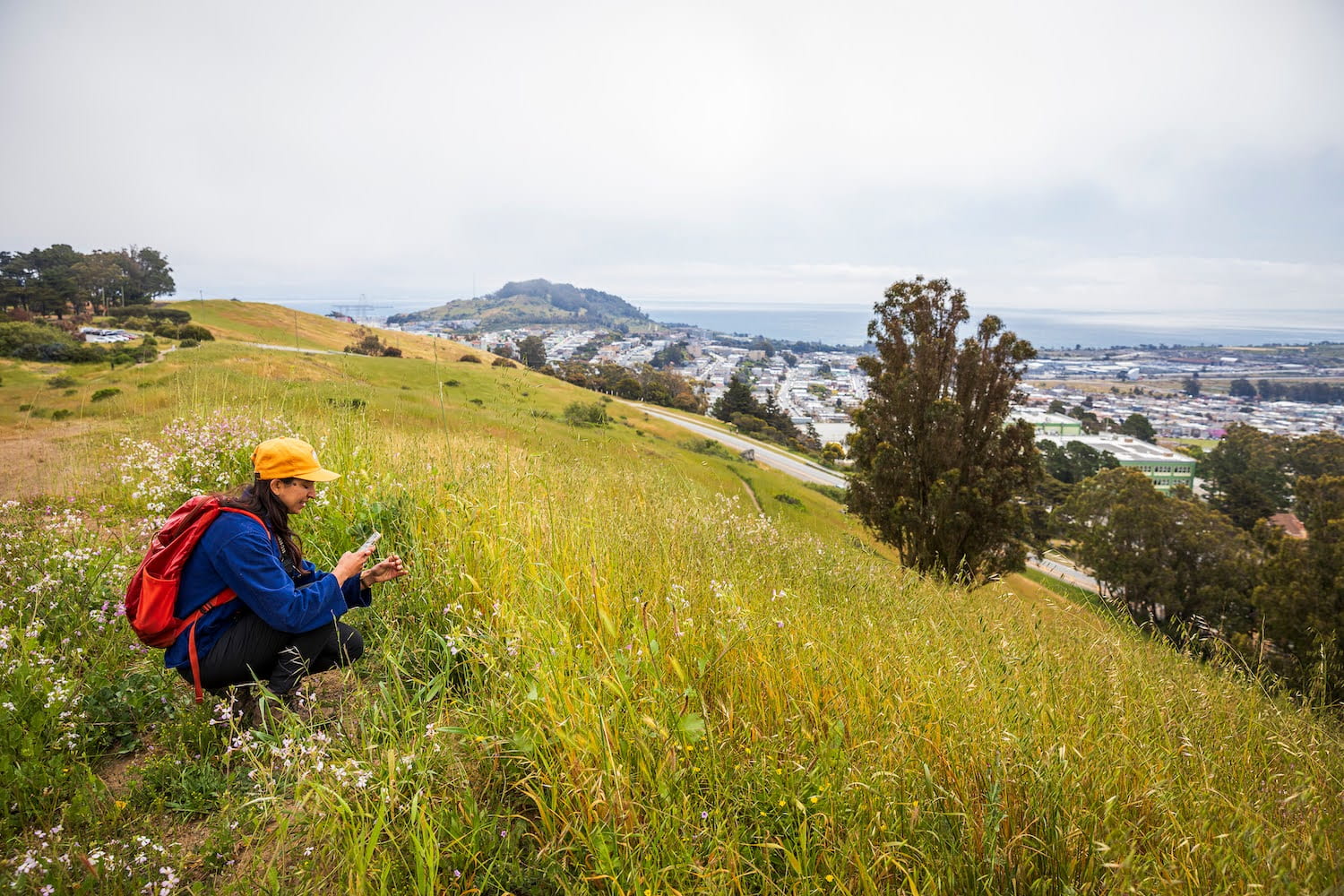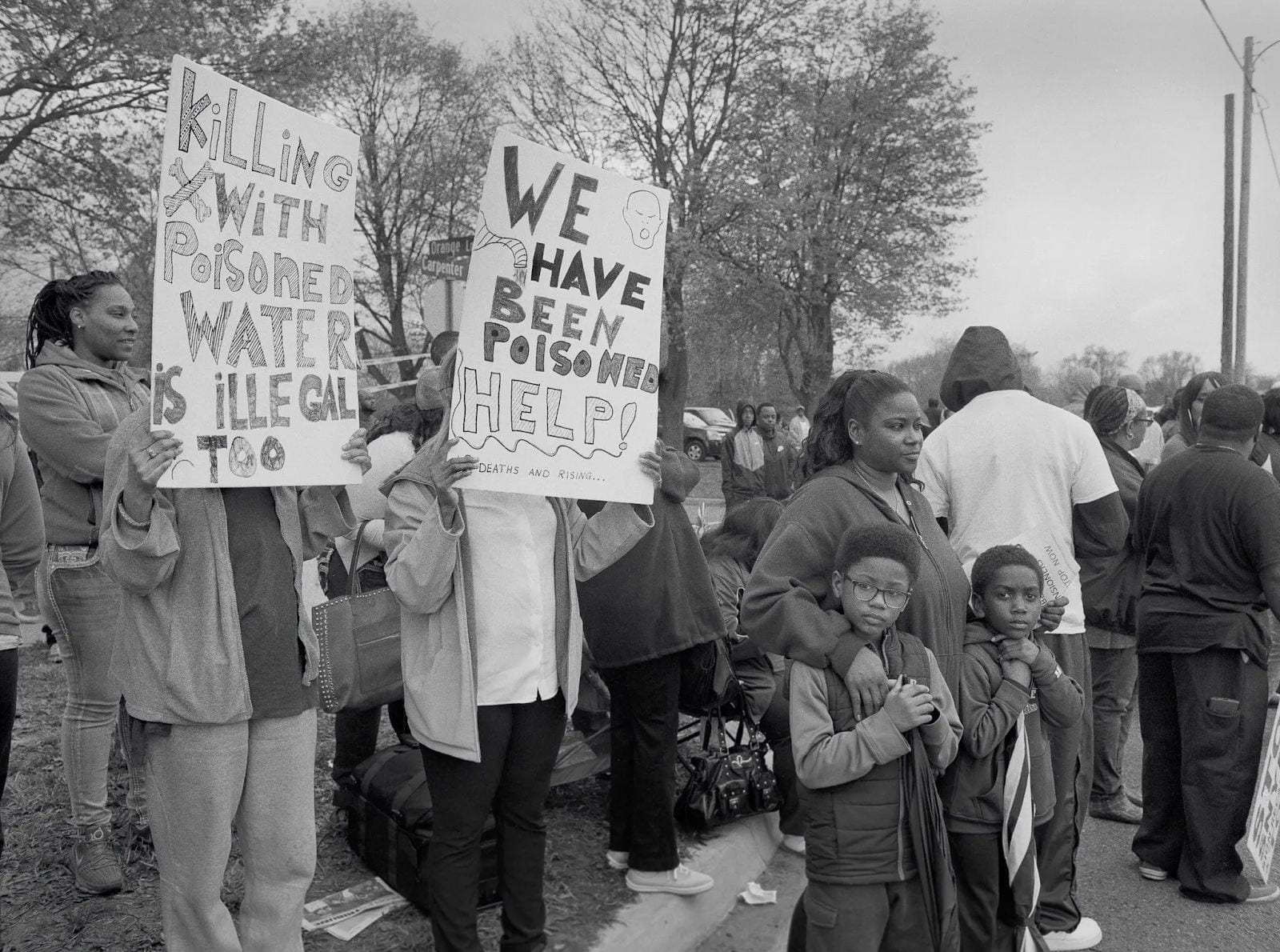San Francisco Seismic Preparedness

In recent times, the Bay Area has witnessed several earthquakes, including a notable magnitude 3.7 tremor near Millbrae on October 27th, which raised concerns among local students. This heightened seismic activity brings attention to the ongoing challenges posed by the region’s susceptibility to earthquakes. Situated in a seismically active area, San Francisco has a well-documented history of seismic events, with the infamous 1906 earthquake, registering at a magnitude of 7.9, leaving a lasting impact on the city’s infrastructure. As reported by the United States Geological Survey (USGS), this catastrophic event significantly influenced San Francisco’s approach to seismic preparedness and laid the groundwork for future mitigation strategies.
The seismic vulnerability of the region is intricately linked to its location along the Pacific Ring of Fire, renowned for high seismic activity due to tectonic plate convergence. The San Andreas Fault, a major transform fault system that extends through California, is instrumental in shaping the seismic landscape of the area. The USGS emphasizes that the fault’s historical movement has triggered significant earthquakes, including the devastating 1906 event originating from this fault line. The repercussions of these seismic events have been profound, leading to the implementation of seismic regulations and influencing subsequent urban planning efforts to fortify San Francisco against future seismic risks.
San Francisco’s vulnerability to earthquakes arises from widespread structural weaknesses in its buildings, as identified by the Association of Bay Area Governments (ABAG). These weaknesses, including unreinforced masonry, soft-story configurations, and deficient foundations, are particularly pronounced in older buildings, amplifying the city’s seismic risk. Research published in the Journal of Earthquake Engineering underscores the urgency of addressing these vulnerabilities to bolster overall seismic resilience, emphasizing the threat posed by liquefaction and soft soil conditions, as highlighted by the USGS. Tackling these architectural vulnerabilities is imperative for mitigating potential devastation during seismic events in the city.
To address these vulnerabilities, seismic retrofitting emerges as a crucial strategy for enhancing the structural resilience of buildings in earthquake-prone regions like San Francisco. The Earthquake Engineering Research Institute (EERI) defines retrofitting as the modification of existing structures to withstand seismic forces, reducing the risk of damage and collapse during earthquakes. Governed by strict building codes and regulations, seismic retrofitting in San Francisco is enforced by the Department of Building Inspection (DBI). Despite its significance, retrofitting older buildings faces challenges, as noted by a Pacific Earthquake Engineering Research Center (PEER) study citing economic constraints and logistical difficulties. Innovative solutions are needed to overcome these barriers and ensure widespread implementation.
Recent decades have seen significant strides in seismic retrofitting projects across San Francisco, illustrating tangible advancements in building safety. The City Hall retrofitting project, completed in 2015, stands out as a notable example, employing innovative seismic engineering techniques to enhance the iconic structure’s resilience. Similarly, the comprehensive retrofitting of the Transamerica Pyramid in the early 2000s showcased the effectiveness of such measures, particularly in high-rise structures. These success stories underscore the economic benefits of retrofitting, a point emphasized by PEER, which advocates for proactive measures to minimize potential damages and disruptions following earthquakes.
In tandem with these structural improvements, community engagement emerges as a critical element in fortifying seismic preparedness throughout San Francisco. The city has actively fostered public awareness through campaigns and educational programs, empowering residents with knowledge to respond effectively to earthquakes. Initiatives led by organizations like the San Francisco Department of Emergency Management (SFDEM), EERI, and the American Red Cross have not only educated the public on earthquake preparedness measures but also conducted community drills and distributed informational resources, fostering a resilient culture. Reflecting a comprehensive approach, the government has committed policies and funding to support community-based preparedness efforts, engaging both public and private stakeholders in the pursuit of seismic resilience.
To address the imperative of seismic retrofitting in older buildings, policy initiatives emphasizing financial incentives, such as tax breaks or low-interest loans, could encourage property owners to invest in retrofitting projects. According to a report by PEER, combining regulatory measures with financial incentives has effectively fostered seismic resilience in vulnerable structures. Furthermore, seismic engineering advancements, such as the incorporation of base isolators and damping systems highlighted in EERI’s publication on seismic design advancements, offer enhanced protection by minimizing the transmission of seismic forces to structures. As San Francisco evolves, a cohesive strategy integrating these approaches will be vital for creating a safer, more resilient urban environment in the face of seismic threats.
Moreover, ongoing research efforts are vital to advancing seismic preparedness in San Francisco. Collaborative initiatives between academic institutions, government agencies, and industry stakeholders can provide valuable insights into the seismic risks specific to the region. The Seismological Society of America, in its recommendations for seismic hazard mitigation, emphasizes the importance of continually updating and refining seismic hazard models based on the latest scientific findings. A holistic approach that integrates legislative measures, technological innovations, and ongoing research endeavors is essential for achieving comprehensive seismic preparedness in San Francisco.
Given San Francisco’s vulnerability to earthquakes, the city’s seismic history, notably the 1906 earthquake, underscores the critical need for proactive measures. Seismic retrofitting emerges as a key strategy for building resilience, with studies showing that retrofitting significantly reduces structural damage and enhances overall earthquake resistance. Emphasizing the importance of these measures, the Federal Emergency Management Agency (FEMA) asserts that well-prepared communities, equipped with resilient structures, play a pivotal role in mitigating the devastating impacts of earthquakes. Importantly, as San Francisco continues to evolve amidst the challenges of climate change, recognizing the interconnectedness of seismic preparedness and environmental resilience becomes crucial. Integrating and enforcing robust seismic building codes not only fortifies the city against seismic threats but also contributes to sustainable urban development, addressing the broader spectrum of challenges posed by a changing climate. Fostering community engagement in these initiatives becomes not just an act of preparing for earthquakes but an integral part of building a city that can withstand multiple environmental stressors, further emphasizing the need for a holistic and adaptive approach to urban planning and resilience.
Works Cited
“San Francisco Earthquake, 1906.” National Archives and Records Administration, National Archives and Records Administration, www.archives.gov/legislative/features/sf.
“Seismic Building Codes.” FEMA.Gov, www.fema.gov/emergency-managers/risk-management/earthquake/seismic-building-codes\
TBI – University of California, Berkeley, peer.berkeley.edu/sites/default/files/tbi-working-group-led-by-co-chairs-ron-ha-burger-and-jack-moehle_10.9.17_withlinks.pdf.


